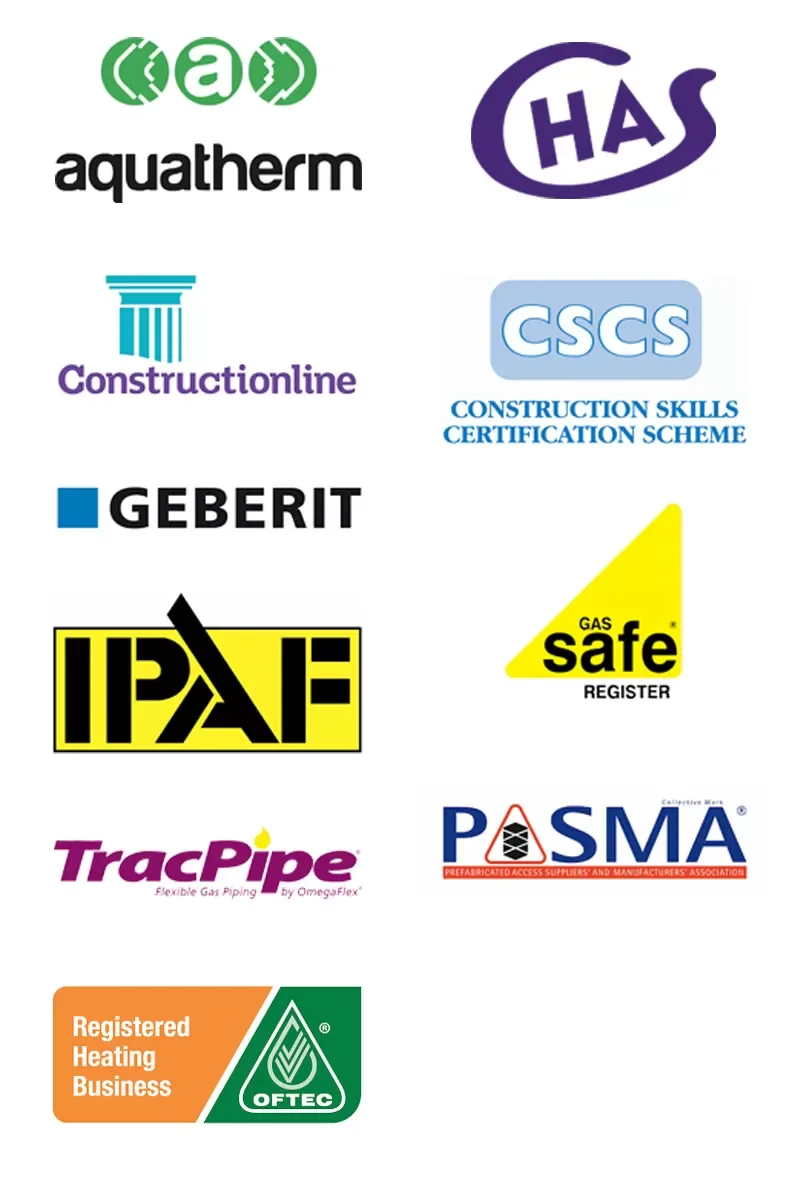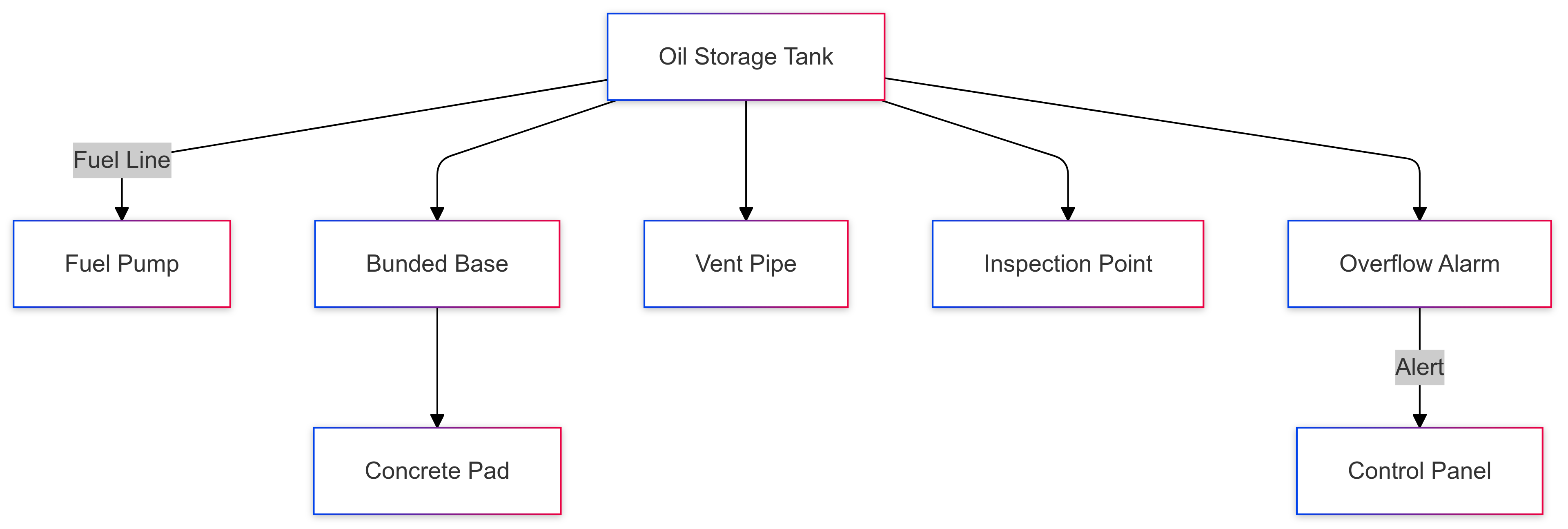
Choosing the Right Solution for Your Needs
At EMS Ltd, based in East Sussex, Our Oftec accredited engineers specialise in providing quality oil storage solutions tailored to the unique needs of our clients. Whether you’re a home or business owner understanding the types, installation requirements, and safety standards for oil storage tanks is essential for efficient fuel storage.
EMS aim to help you make an informed decision. Our team will be happy to visit your property assess the job and recommended the best possible oil storage solution our Oftec engineers cover East Sussex, West Sussex and Kent. Get in touch today.
Oil storage tanks are purpose-built containers designed to store fuel, diesel, and other petroleum based products safely. These tanks come in various shapes, materials, and capacities facilitate a range of applications, from residential oil heating to commercial fuel storage. Properly installed and maintained oil storage tanks are vital for energy efficiency, safety, and compliance with UK environmental regulations.
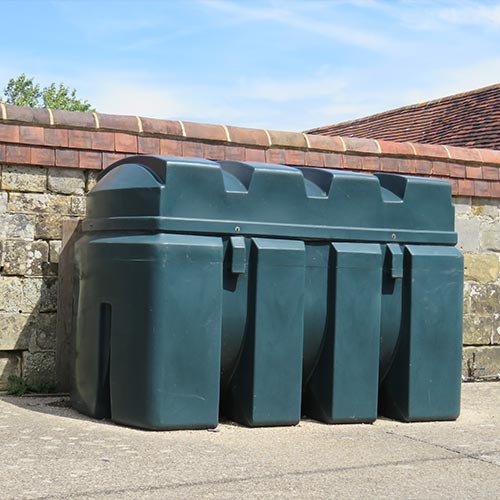
Types of Oil Storage Tanks
EMS Engineers will help you choose the correct oil storage tank several factors affect this such as the volume of oil to be stored, location, and safety. Primary types of oil storage tanks include:
Single-Skinned Tanks
Description: Single-skinned tanks are basic, one-layer tanks that hold oil directly. They are cost-effective but they often need secondary containment (bunding) to prevent environmental hazards.
Applications: Suitable for low-risk environments where accidental spillage poses minimal risk.
Considerations: Must be installed within a bund, particularly in areas where leakage could contaminate soil or the water table.
Bundled Tanks (Double-Skinned Tanks)
Description: Bundled or dual-skinned tanks offer an extra layer of protection by enveloping the primary tank within a second containment layer.
Applications: Ideal for domestic, commercial, and agricultural installations, where accidental spills pose a moderate environmental risk.
Advantages: Reduce the likelihood of environmental contamination and often comply with stricter environmental regulations.
Integrally Bunded Tanks
Description: Integrally bunded tanks include bunding within their construction, offering double protection in a single unit.
Applications: Common in residential, commercial, and industrial settings. Benefits: Easier installation and normally meet more thoriugh regulations, reducing the need for separate containment measures.
Steel vs. Plastic Tanks
Steel Tanks: Durable and suitable for large-scale industrial or commercial use, steel tanks are corrosion-resistant but heavier than plastic options. Plastic Tanks: Lightweight and resistant to rust, plastic tanks are popular in residential and small-scale commercial use, although they may not last as long as steel in harsh environmental conditions.
Choosing an Oil Storage Tank, Commin Considerations.
Choosing the perfect tank involves considering common factors; safety, compliance, and efficiency.
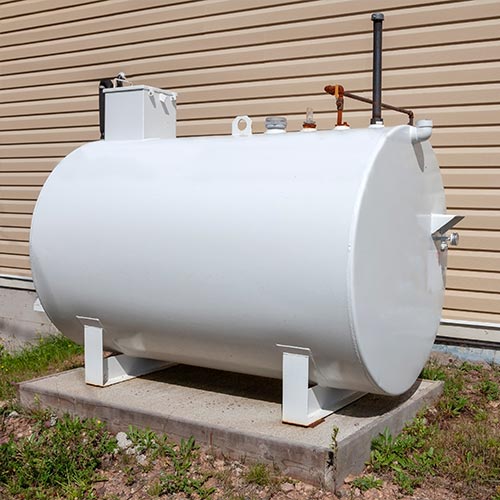
Tank Capacity and Size
Assess your oil usage requirements to determine the tank capacity. Residential needs usually range from 500 to 2,500 litres, while commercial or agricultural installations may require tanks up to 10,000 litres or more.
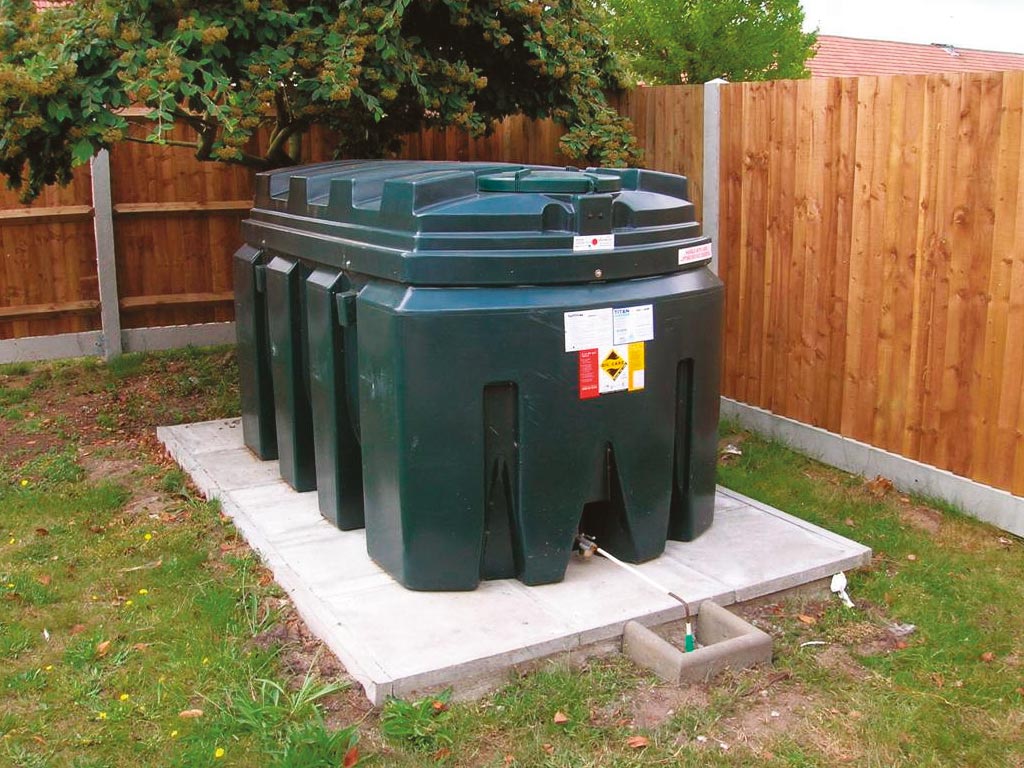
Tank Location and Installation
Aboveground vs. Underground: Above ground tanks are generally easier to maintain and inspect but require adequate space and may need additional containment measures. Underground tanks are far more discreet installation but require regualr inspection and maybe subject to higher ongoing maintenance costs.
Distance from Property Boundaries: Regulatory guidelines indicate minimum distances from property boundaries, buildings, and to prevent water table contamination, known water sources.
Base Requirements: A stable, and fireproof sub base is essential for the tanks safety and preventing the impact of leaks .
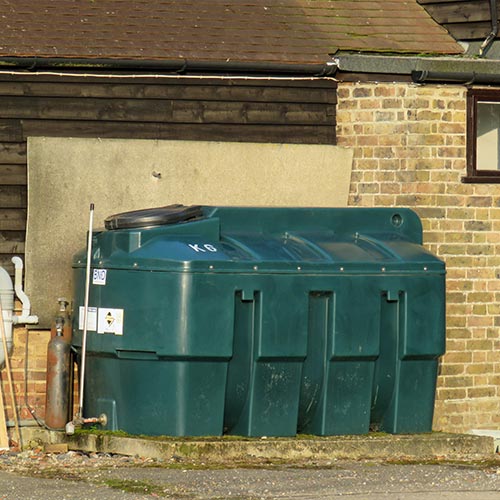
Compliance and Regulatory Standards
Most oil tanks require secondary containment, paticualry for installations near water bodies or other areas of concern. Tanks over a specific capacity often need additional safety measures.
Oil Tank Installation Guidelines
Professional installation of an oil tank is essential for both safety and legal compliance. The below guide illustrates the processes involved.
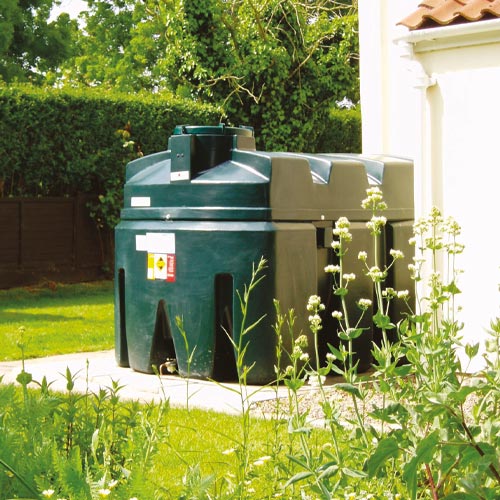
Site Preparation
- Select a secure, accessible location away from traffic.
- Ensure the area has a solid, level base that can support the tank’s weight when full.
- Above ground tanks need good ventilation to prevent dangerous vapour buildup.
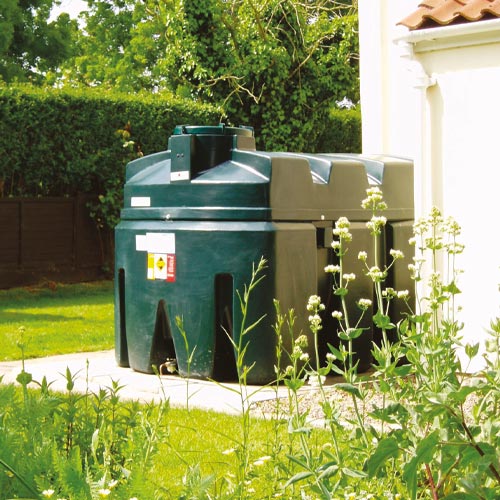
Base Requirements
The tank requires a fire resistant base, typically concrete . The base should extend beyond the tanks footprint by a minimum of 300mm on all sides.

Safe Distance from Buildings and Boundaries
To comply with fire regulations ot is essential the tank is installed at least 1.8 metres from boundries and buildings.

Proper Fittings and Ventilation
To avoid leaks it is essential to use certified and official fittings. Vents must be positioned properly to prevent dangerous vapor accumulation.

Bunding Requirements
For single-skinned tanks, an external bund capable of holding 110% of the tank’s capacity is essential in high-risk areas. Integrally bunded tanks simplify this process by incorporating secondary containment within the tank structure.
Maintenance and Inspection of Oil Storage Tanks
To keep your oil boiler running well and to make it last longer, EMS Oftec enginners offer an ongoing maintainance service. Effectivey maintained oil boilers use less fuel, which lowers your energy bills. Important maintenance tasks include checking for leaks, adjusting the burners, and cleaning the filters to ensure the boiler works at its best.
Routine Visual Inspections
Check the tank regularly for rust, cracks, or bulges. Look for leaks, especially around joints and fittings.
Annual Professional Inspection
A professional EMS inspection annually will assess structural integrity, check for corrosion, and test bund effectiveness. Our experts can spot early danger signs.
Cleaning and De-Sludging
Sludge and contaminants can build up in the tank, which in turn, impacts fuel quality. The periodical cleaning and removal of sludge will help the tank to perform at its best.
Monitor Oil Levels
Avoid allowing the tank to run dry, as this can introduce sediment into the fuel system. Use a level guage to keep track of fuel levels. Book regular oil refills.
Contact us
Speak with our experienced Oftec accredited professionals and tell us what you need. You can count on EMS Ltd to deliver the best solutions. Based in Pevensey near Eastbourne our qualified team provides Oil Storage Tank services across East and West Sussex, Kent and the wider South East area.


Warm Air
Heating

Pipework
Fabrication

HVAC System
Design

Commercial
Gas Design

Commercial
Boilers
Oil Boiler
Installation
Oil Storage
Tank Installation
